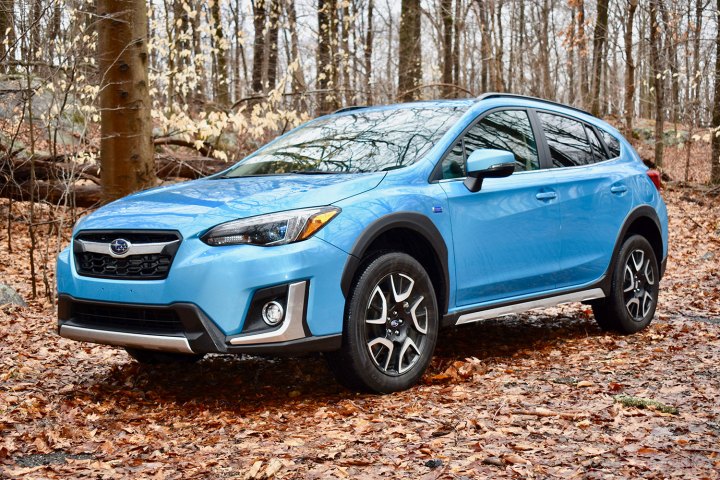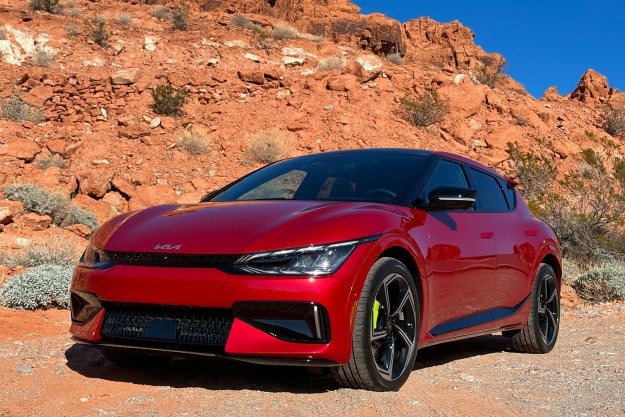
In the early 2010s, Toyota and Subaru joined forces to develop a pair of nearly identical, rear-wheel drive coupes named 86 and BRZ, respectively. As 2020 approaches, the two automakers announced another round of collaboration, but this time it won’t spawn an enthusiast-friendly sports car. They’re working on a platform that will underpin electric cars, including an SUV that each brand will sell its own version of.
The tie-up will leverage Toyota’s expertise in electrified powertrains, and Subaru’s expertise in making all-wheel drive systems. The yet-unnamed architecture will form the substructure of midsize and large passenger vehicles, according to a statement released by Toyota, so don’t expect to see a city car like the Yaris made on it. Instead, it will serve as the foundation for models in the vein of the Toyota Camry and the Subaru Outback.
Neither party revealed precisely what it plans to build on the architecture, but they announced the co-development of a battery-powered crossover from which each brand will get their own variant. It’s too early to tell whether Subaru’s model will be identical to Toyota’s; stylists may choose to avoid blatant badge-engineering to create a more unique product. What’s certain is that the two cars will share almost every component under the sheet metal, including the aforementioned platform. Technical details like the size of the battery pack, and the driving range it will deliver, remain under wraps because the project is still at the embryonic stage.
We don’t expect to see the models until the early 2020s at the earliest. Looking ahead, the jointly-developed platform will be flexible enough to underpin sedans, crossovers, SUVs, plus what Toyota referred to as “derivative vehicle models.”
“Both Subaru and Toyota believe that it is necessary to pursue a business model that goes beyond convention, crossing over industrial boundaries together with various types of other entities that share their aspirations,” Toyota affirmed. The brand will presumably reveal the other entities it hopes to work with in the coming months.
Toyota owns a 16.8% stake in Subaru, and the two have collaborated on electrified powertrains in the past. Subaru’s first series-produced plug-in hybrid model, the Crosstrek Hybrid (pictured), uses hardware and software borrowed from the Toyota Prius. But while alliances are nothing new in the automotive industry, the announcement again proves that developing components for electric cars is considerably more expensive than designing a four-cylinder engine. That’s why automakers from all over the automotive spectrum are increasingly setting aside their differences to save money.
Editors' Recommendations
- Fake engine noises in electric cars need to die
- Tesla faces new rival as a tech giant launches its first EV
- 2024 Dodge Charger Daytona reinvents the muscle car for the EV era
- Apple’s car project has apparently conked out
- Mercedes’ electric eSprinter isn’t just greener, it’s better




